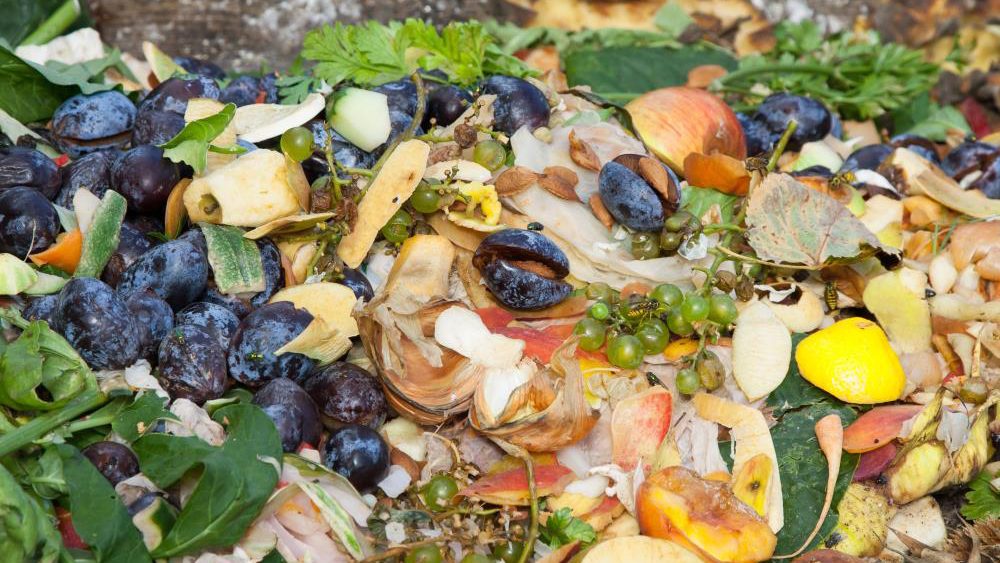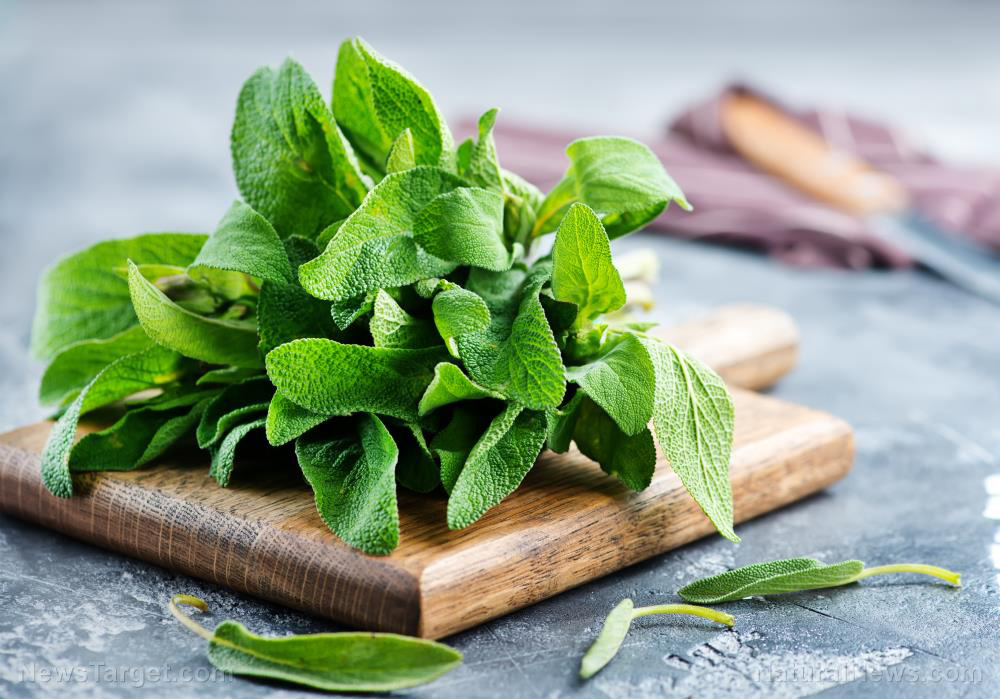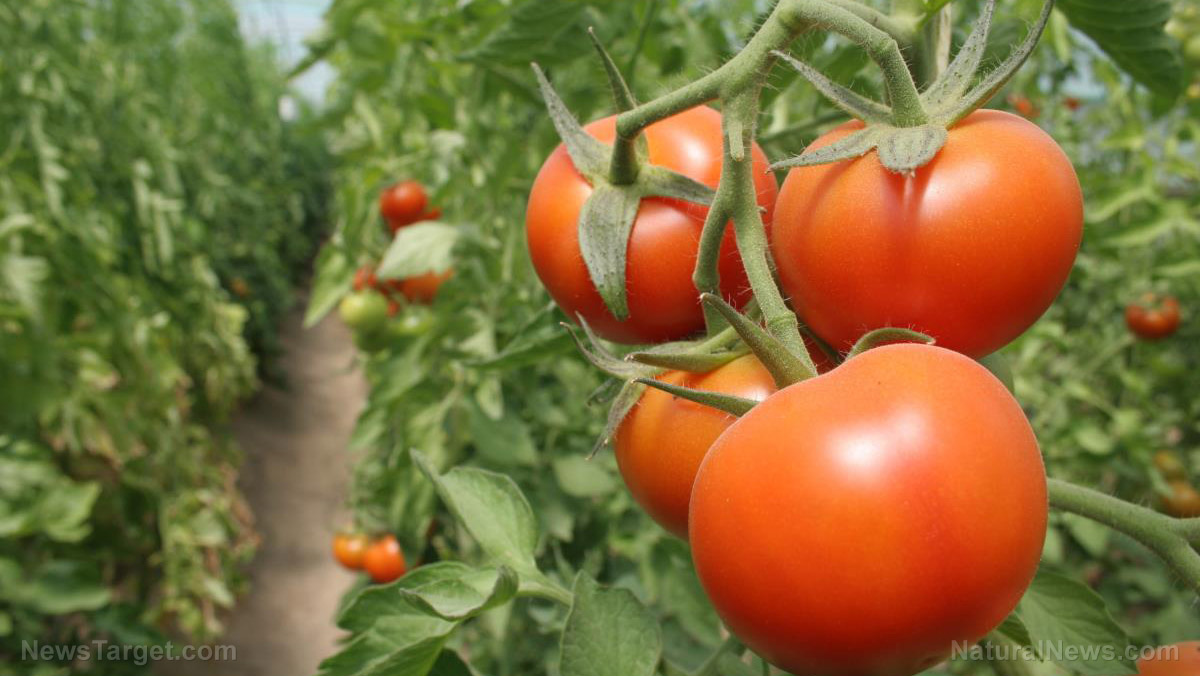
Advertisement
Swedish researchers talk about the potential of using fungi to convert food waste into valuable products. In addition to the usual biofuels, animal feed, and textiles produced from waste food, they want to turn the fungi into a protein-rich source of food for humans.
Human civilization continues to churn out increasing amounts of waste products like plastic trash and food waste. At the same time, the Earth only contains so many resources. Many of these substances are nonrenewable or irreplaceable. One day, the planet may run out of the resources needed to sustain the human population.
A research team at the University of Boras tackled both environmental issues by coming up with new techniques to get more use out of waste products. Their laboratory used beneficial fungi called ascomycetes that broke down waste products from both industrial and domestic sources.
Not only did these fungi reduce the amount of trash that ended up in landfills and the oceans, but they also converted the waste materials into fungal biomass. The sustainable source of protein might potentially serve as food for humans in the future. (Related: Researchers study fungi to turn food waste into sustainable bioplastic.)
Using fungi to convert food waste into useful biomass
Led by Bioprocess Technology professor Mohammad Taherzadeh, the Boras researchers stressed that they considered waste products to be potential resources instead of garbage. Their Ways2Taste biotech project aimed to expand the existing pool of knowledge so that everyone might finally recover the resources.
Ways2Taste received funding from the European Regional Development Fund and support from regional companies in Sweden. In addition to the Boras research team, the Chalmers University of Technology also lent the expertise of its Food & Nutrition Science department to the project.
The participating Swedish companies included bakeries, breweries, animal feed companies, food stores, and ice cream factories. They provided food waste from their various manufacturing processes.
The waste products were classified according to their purity. The purer products included day-old bread, which arguably remained safe to consume since they weren’t expired or contaminated. The other end of the spectrum included fertilizers and the waste generated by slaughterhouses.
The Boras and Chalmers researchers experimented with different ways to grow fungi on the food waste provided by the companies. The fungi broke down the waste material and added the latter to its own biomass. The purity of the waste product dictated different approaches – what worked on bread wouldn’t work on fertilizer.
Fungus-produced protein that looks like beef
The fungal biomass served as raw materials for making useful end products. The researchers planned to turn the protein into biodegradable plastics, ethanol fuel, fish feed, and food for humans.
“It will be a climate-smart protein that can look like, for example, ground beef,” explained Taherzadeh in an interview. “But we will also work on producing pigments, bioplastics, animal feed and ethanol.”
He and his colleagues plan to make Ways2Taste different from other resource recovery projects such as composting organic waste, incinerating the material, or producing biogas fuel. Whereas the earlier approaches used food waste as an energy source, their approach would turn the waste into materials.
“The difference is that we can develop new materials and not only solely use the waste products as an energy source,” Taherazadeh added. “Many materials will be scarce in the future and our process can play an important role.”
If they succeed in getting enough interest and support, the researchers desire to set up a fungi center in Boras. The future science center would develop beneficial fungi and instruct food-related companies across Sweden on the use of the microorganisms to reduce food waste and increase their profits.
Sources include:
Advertisements







